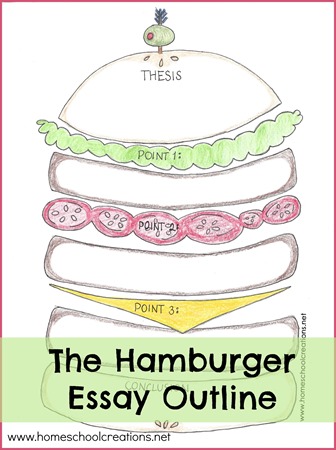

This year we’ve been working on essay writing in one of our co-op classes. A lot. The kids are at different points with their writing skills: a few of them are all about writing out a detailed outline, complete with color coded paragraphs, while a few others need a more visual approach to grasping the concept of outlining.
Just for fun, I asked Laurianna to help me create a visual outline that would give everyone a little start on writing and completing a five paragraph essay. Their essays and the outline needed to include:
-
a thesis
-
three key points/paragraphs
-
a conclusion
One of the things that I continually stress to our kids is the importance of being able to write a strong thesis and/or introduction, make valid points that support and prove their thesis, and then end with a strong concluding paragraph to tie it all together. Sometimes a simple visual can help them map their thoughts, make sure things flow together properly, and ensure they aren’t getting off topic.
The kids can start with the hamburger essay outline to map out their initial thoughts, and eventually they build a more detailed essay outline like below:
-
Thesis and ‘hook’ sentence
-
Main paragraph idea #1: sub-points 1, 2, and 3
-
Main paragraph idea #2: sub-points 1, 2, and 3
-
Main paragraph idea #3: sub-points 1, 2, and 3
-
Conclusion
The hamburger essay outline is just a simple pencil/pen sketch that we had fun coloring in, but it has been a help to several of our kids and the kids in co-op – and we wanted to share it with you all as well!
p.s. on a completely unrelated note to anything, it just makes me giggle saying ‘hamburger’ because then I picture Steve Martin as the Pink Panther trying to say the word hamburger… and I get completely sidetracked.



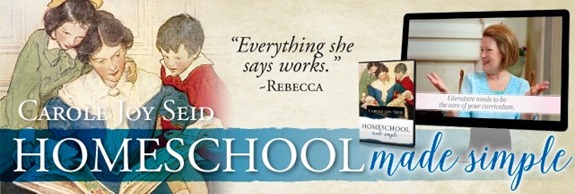
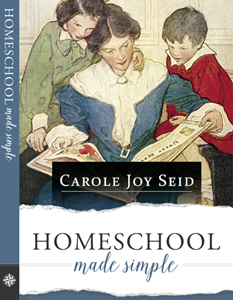
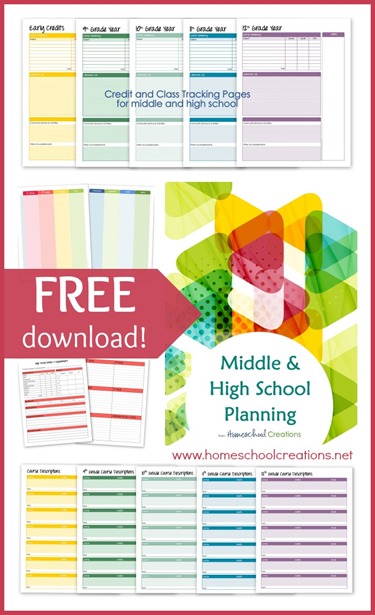

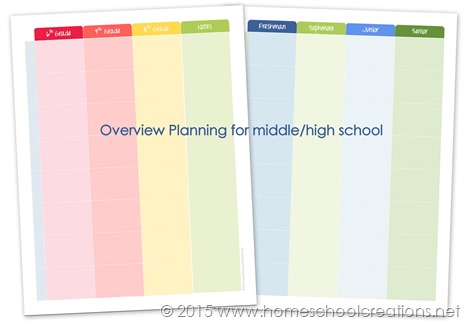
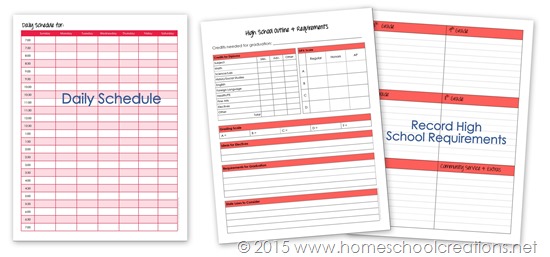

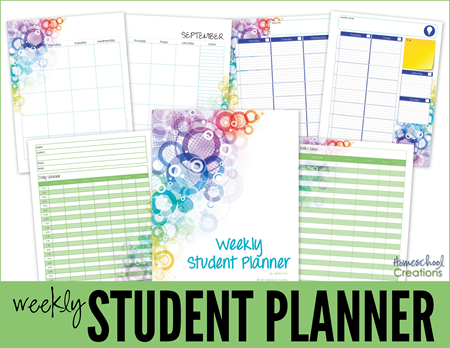

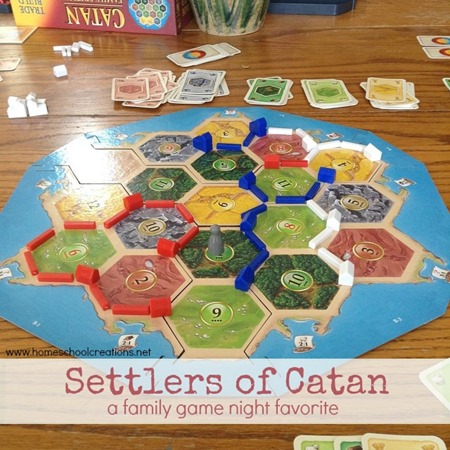

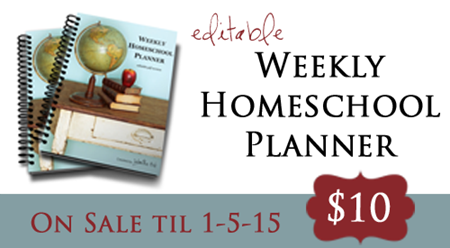
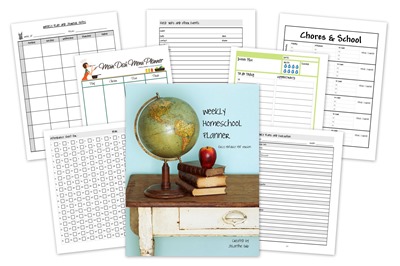
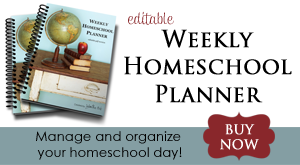

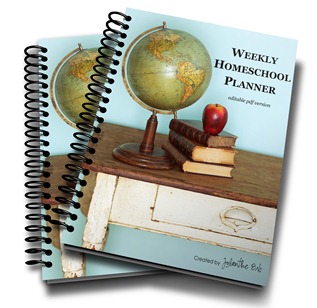
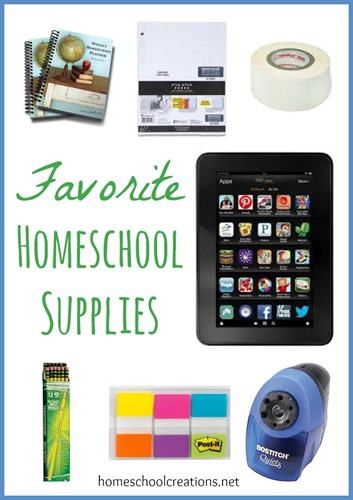

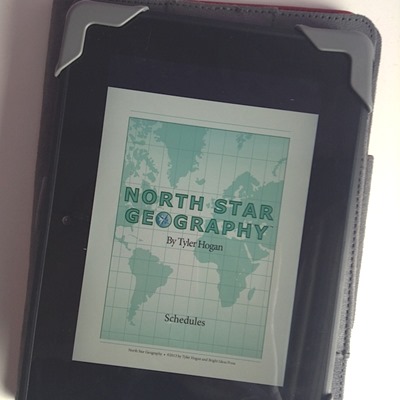
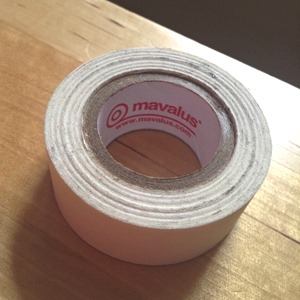
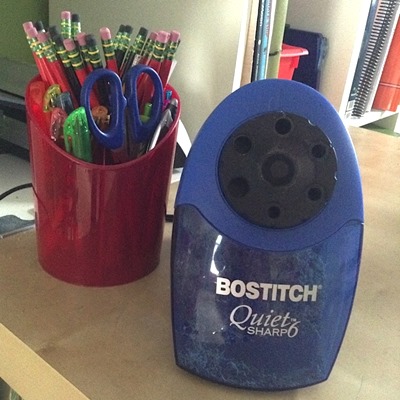

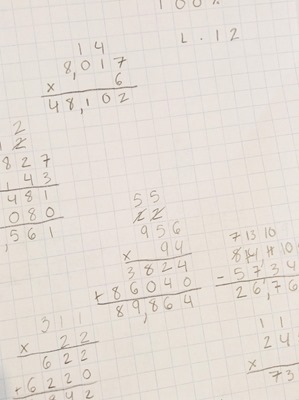
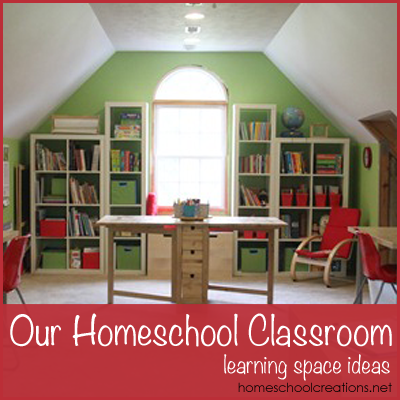




 The printables shared on this site are FREE of charge unless otherwise noted, and you are welcome to download them for your personal and/or classroom use only. However, free or purchased printables are NOT to be reproduced, hosted, sold, shared, or stored on any other website or electronic retrieval system (such as Scribd or Google docs). My printables are copyright protected and I appreciate your help in keeping them that way.
If you download and use some of my printables and then blog about them, please provide a link back to my blog and let me know - I'd love to see how you are using them! Please be sure to link to the blog post or web page and not directly to the file itself. Thank you!
The printables shared on this site are FREE of charge unless otherwise noted, and you are welcome to download them for your personal and/or classroom use only. However, free or purchased printables are NOT to be reproduced, hosted, sold, shared, or stored on any other website or electronic retrieval system (such as Scribd or Google docs). My printables are copyright protected and I appreciate your help in keeping them that way.
If you download and use some of my printables and then blog about them, please provide a link back to my blog and let me know - I'd love to see how you are using them! Please be sure to link to the blog post or web page and not directly to the file itself. Thank you!